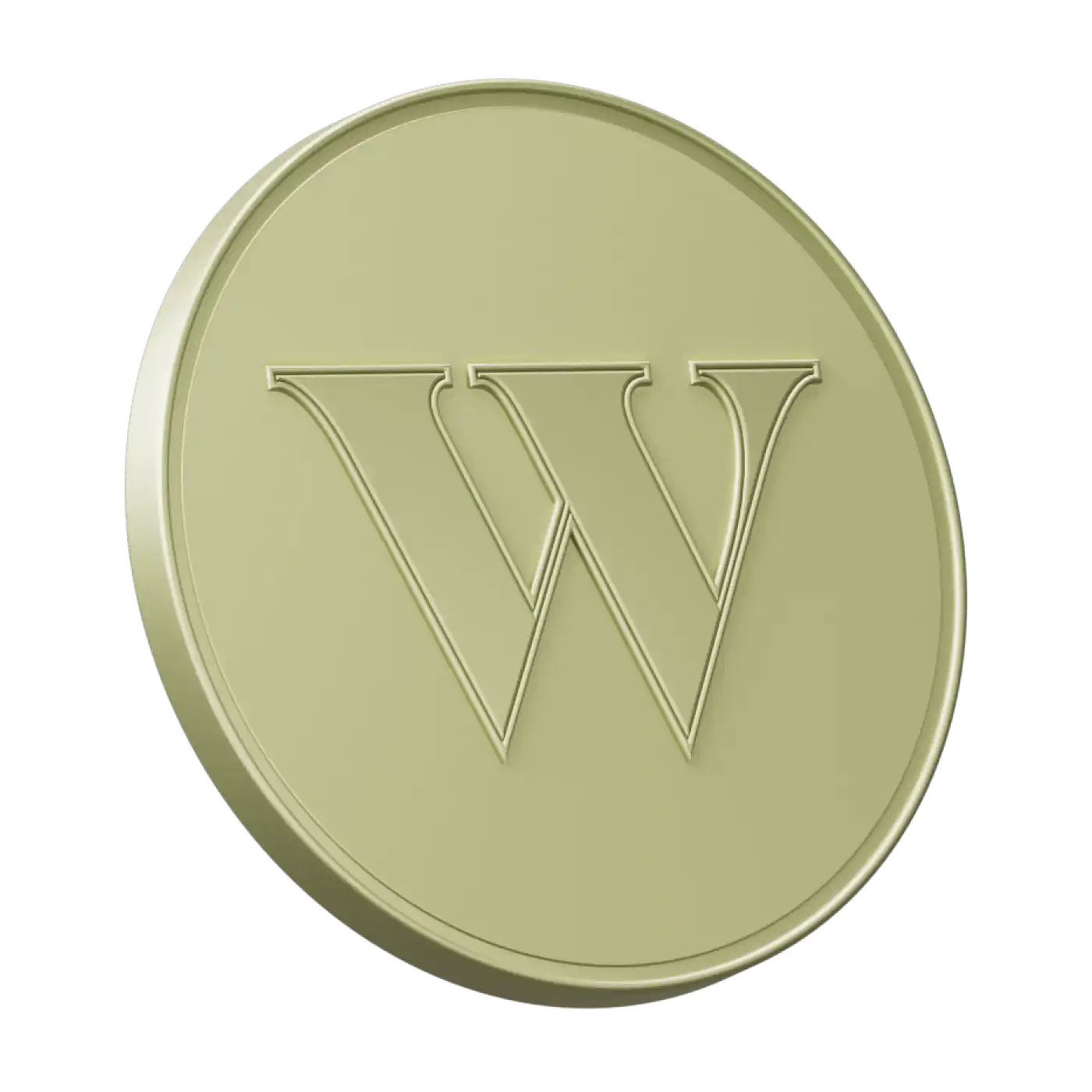An exchange-traded fund, or ETF, is an investment fund that lets you buy a large basket of individual stocks or government and corporate bonds in one purchase. The funds are traded on stock exchanges, and they offer greater diversification than the ownership of an individual stock.
An ETF is similar to a mutual fund, which is another way to purchase many stocks at one time, but there are a few major differences. Whereas mutual funds tend to have human managers who actively trade stocks in and out of the fund based on which ones they predict will go up or down, the vast majority of ETFs are not managed by humans. Instead, many ETFs are programmed with an algorithm that tracks an entire economic sector or index, like the S&P/TSX Composite index or the Canadian bond market. For this reason, mutual funds are generally referred to as being “actively managed,” and ETFs “passively managed,” though there are many exceptions to this rule.
Also, unlike mutual funds, which are priced just once a day, ETFs can be bought and sold during the entire trading day just like individual stocks. This explains why they’re called “exchange traded” funds.
Types of ETFs
Here are the major asset classes and investment products included in the biggest ETF categories.
Stock-market-tracking ETFs
ETFs that mirror indices like the stock or bond market have attracted the most investment from individual investors. Canada’s stock market is heavily weighted toward the financial sector, but you’ll also find plenty of industrial, material, and energy companies on the list, too. While the S&P/TSX Composite favours the largest companies, those who seek to diversify their holdings with smaller companies may also want to consider ETFs that track different sectors. The FTSE Canadian All Cap Index, for instance, tracks small-, medium-, and large-cap publicly traded Canadian companies.
Sector-tracking ETFs
Should you want to focus on a particular sector of the economy, rather than the entirety of it, you may want to invest in sector tracking ETFs. Two financial research giants, MSCI and S&P, developed a taxonomy of the global economy that locates all publicly traded companies in one of 11 main sectors and dubbed it the Global Industry Classification Standard (GICS).
The sectors in the GICS are:
Communication services
Consumer discretionary
Consumer staples
Energy
Financials
Health care
Industrials
Information technology
Materials
Real estate
Utilities
Not only will you find multiple ETFs tracking each of these sectors, but there are also those that track the subcategories of each sector. From largest to smallest, they are categorized as Industry Group, Industry, and Sub-Industry. So if you specifically want to focus on an area like crude oil companies, there’s an ETF for that. MSCI hosts a handy interactive tool that provides an overview of all 11 sectors and their subcategories.
International ETFs
Those who want exposure to international stocks may choose to invest in one of several types of international ETFs, described below.
ETFs that focus on the U.S. economy
There are plenty of ways for Canadian investors to own a small sliver of the U.S. economy. One popular version seeks to mirror the S&P 500, an index of the 500 publicly traded American companies with the highest market capitalizations. The S&P 500, or other large indexes like the Dow Jones Industrial Average or the NASDAQ-100, naturally favour the largest companies, but there are other options, too. The S&P 400, for instance, tracks mid-cap publicly traded companies, and the Russell 2000 tracks small-cap public companies.
ETFs that focus on economies outside the U.S.
With these ETFs, one price will buy you exposure to most economies outside of the U.S.. You can also invest in ETFs that track the stock markets of specific countries, like the London Stock Exchange or the Tokyo Stock Exchange.
ETFs that focus on developed markets outside the U.S.
Developed markets are the markets of countries that have well-established economies, generally an established rule of law, and are technologically advanced relative to other countries in the world.
ETFs that focus on emerging markets
Emerging economies — like those of Brazil, China, Russia, and Turkey — are countries with relatively low per capita average salaries that are less politically stable than developed markets, but are open to international investment. Though investing in emerging markets tends to be riskier than developed ones, the risk is somewhat mitigated when an ETF invests in many emerging markets.
ETFs that focus on the economy of one country outside the U.S.
There are multiple ways to invest in any economy. If you have read about how difficult it is to buy some individual foreign stocks, you may decide it’s preferable and a lot easier to buy an ETF that focuses on that country.
Thematic ETFs
If ETFs were a family of mostly straight-laced marketable assets, thematic ETFs would represent the quirky cousin with the handlebar mustache and big parrot on his shoulder. Some of these ETFs seek to make a statement by investing only in companies that are environmentally friendly. They’re known as ESG (environmental, social, and corporate governance) funds, or socially responsible funds. Others act as financial trendspotters, getting built as certain sectors get hot.
Complex ETFs
There are many, many ETFs that don’t necessarily bet on the stock market just going up. These leveraged ETFs and inverse exchange-traded funds should be avoided by the average investor — unless you absolutely know what you’re doing and would, say, be able to explain how derivatives work to a third-grader.




